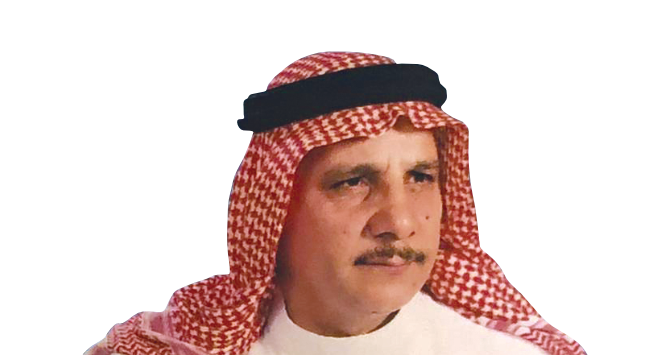Dr. Abdul Karim Al-Sammak is currently working on a major project to publish all the books of the late Syrian journalist and historian Ameen Saeed.
Al-Sammak is a full-time researcher of modern Arab political history and also works on political and historical studies focusing on Syria’s modern history.
He was born in 1945, growing up in Hama and graduating from high school in the Syrian city.
He joined the history department of Beirut Arab University, but did not continue with the institution.
In 1974, he traveled to Saudi Arabia to work as a nurse as he held a diploma in nursing.
However, he worked at Imam Mohammad ibn Saud Islamic University and earned a bachelor’s and master’s degree in history. His master’s thesis focused on a book by Iskander Ibn Yaqub Abkarius about the mid-19th century sectarian conflict in the Levant and the influential European role in the region’s sectarian crises.
Al-Sammak, who has spent around 50 years in the Kingdom, has published several biographies of statesmen from the time of Saudi Arabia’s foundation, especially those who worked with King Abdulaziz.
Much of his work has been inspired by Saeed. He has published many of his books focusing on the Saudi state as well as the archives of his magazine, Al-Sharq Al-Adna, which is considered a key source for the history of the Kingdom of Hejaz and Nejd and their annexation.
Al-Sammak presented his findings in a two-volume book, adding valuable and rare work to the library of Saudi history.
He has had more than 150 research papers and studies published in peer-reviewed journals. His work has also been published in newspapers and magazines.
He received a doctorate in 2015 from the Russian Academy of Sciences.





























